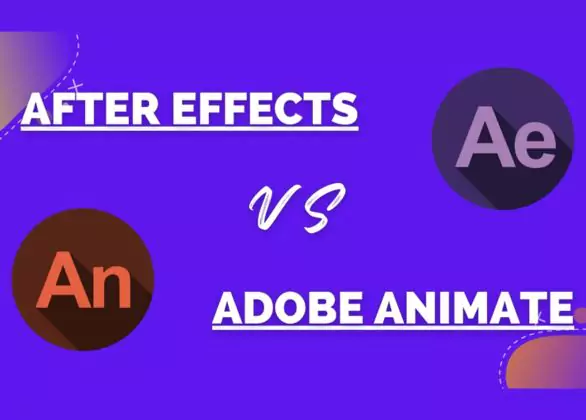




Animate vs After Effects: Which Adobe Tool Is Right for Your Animation Needs?
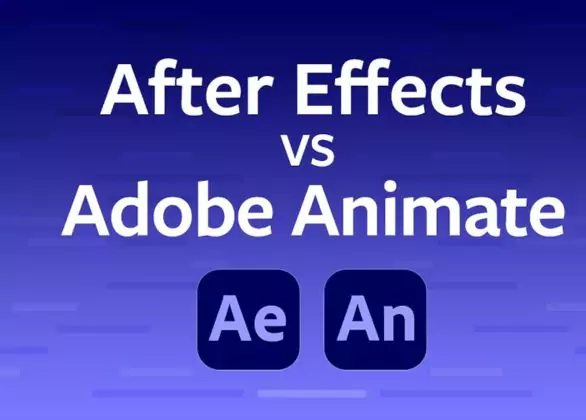
Understanding the Primary Focus of Each Tool
Though both are Adobe products, Animate and After Effects are designed for very different animation workflows.
- Adobe Animate is primarily used for creating interactive 2D animations. It’s a timeline-based tool with a long legacy in web and game animation, formerly known as Flash. It’s ideal for character animation, simple motion graphics, and projects that require interactivity, like banners or eLearning modules.
- Adobe After Effects, on the other hand, is the industry standard for motion graphics and visual effects in video production. It’s used in film, broadcast, and online video content for creating cinematic animations, compositing, and advanced visual effects.
How Animate and After Effects Work Differently

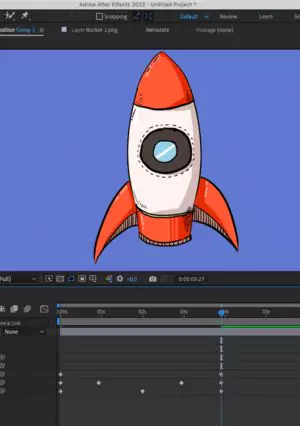
1. Animation Style and Purpose
- Animate is optimized for traditional frame-by-frame animation and symbol-based tweening. It’s best for creating cartoon-style animations, character rigs, and short interactive scenes. If your focus is on storytelling with hand-drawn aesthetics or game animations, Animate is your go-to.
- After Effects is built for cinematic motion graphics, visual effects, and compositing. You can animate almost any visual element—text, shapes, images, and video layers. It’s perfect for kinetic typography, logo reveals, VFX, and integrating animations into video editing workflows.
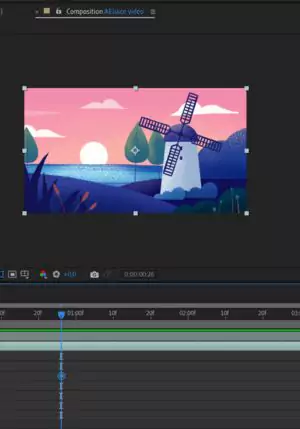
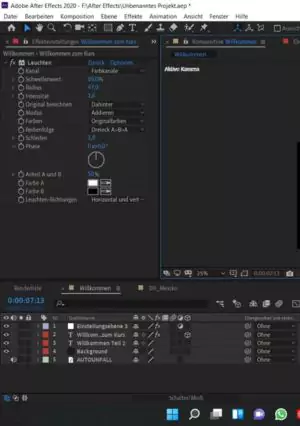
2. Interface and Timeline
- Animate has a timeline and stage setup that resembles traditional 2D animation. You work with keyframes, layers, and symbols, making it more intuitive for animators with a background in cartoons or games. The timeline is linear and straightforward, making real-time feedback easier during animation.
- After Effects features a more complex timeline suited for layered compositions. Each element has multiple animatable properties (position, opacity, scale, effects, etc.), and you can create intricate keyframe-based animations with expressions and graph editors. The learning curve is steeper, but the power is unmatched for motion design.
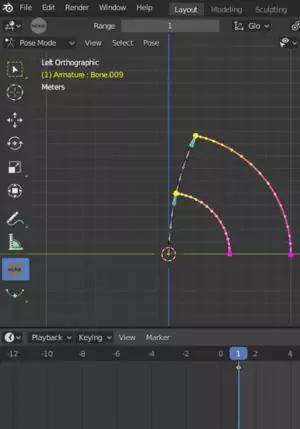
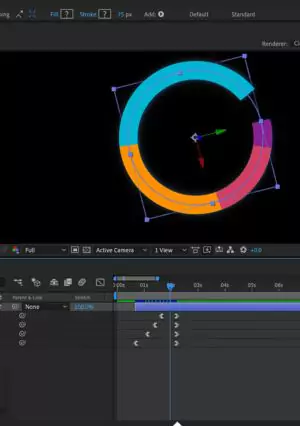
3. Interactivity and Coding
- A key distinction between Animate vs After Effects is interactivity.
- Animate supports scripting through JavaScript and ActionScript (though the latter is now outdated), allowing users to build interactive experiences like HTML5 animations, clickable eLearning modules, and web-based games. It’s one of the few Adobe tools that allows users to integrate code into animations.
- After Effects does not support interactivity. It’s a video-based tool—everything you create will eventually render as a flat video file. There’s no option for real-time user interaction. However, After Effects does support expressions, a scripting feature used to automate animations internally, but not to make them interactive.
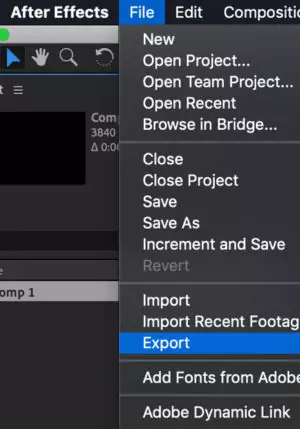
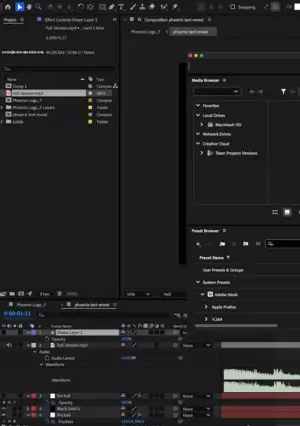
4. Export Options
- Animate is excellent for exporting animations as HTML5, SVG, GIF, or even spritesheets for game engines. It supports web delivery and integrates well with platforms like Adobe AIR and Animate CC for mobile and browser-based applications.
- After Effects is built for video and film. You can export animations to MP4, MOV, or image sequences and send compositions to Adobe Media Encoder for flexible rendering. It’s the tool of choice for YouTube intros, broadcast graphics, and movie effects—not web interactivity.

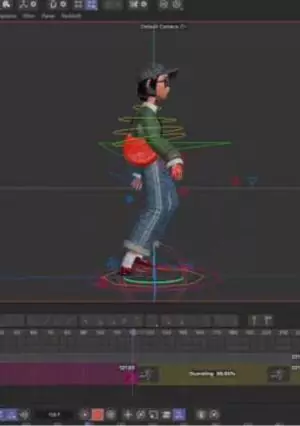
5. Integration with Other Adobe Tools
- Animate is somewhat self-contained but works best when paired with Adobe Illustrator or Photoshop for asset design. Its strength lies in creating animated sequences and deploying them to the web or apps.
- After Effects deeply integrates with Adobe Premiere Pro, Photoshop, Illustrator, and even Audition. It allows real-time project sharing through Dynamic Link with Premiere Pro, making it ideal for post-production teams and professional video editors.
When Should You Use Animate and When to Use After Effects?
A Precise Tool Selection is Important
If you’re developing animated content for websites, eLearning, games, or mobile apps that require user interaction, Adobe Animate is your best option. It’s built for lightweight, web-friendly animations with coding capabilities. If your work is focused on professional video production, cinematic effects, or advanced motion graphics, Adobe After Effects is the industry standard. It’s far more powerful for video-based storytelling and complex motion design. Many creative professionals use both tools in tandem: Animate for character creation and After Effects for advanced scene composition and visual polish.
